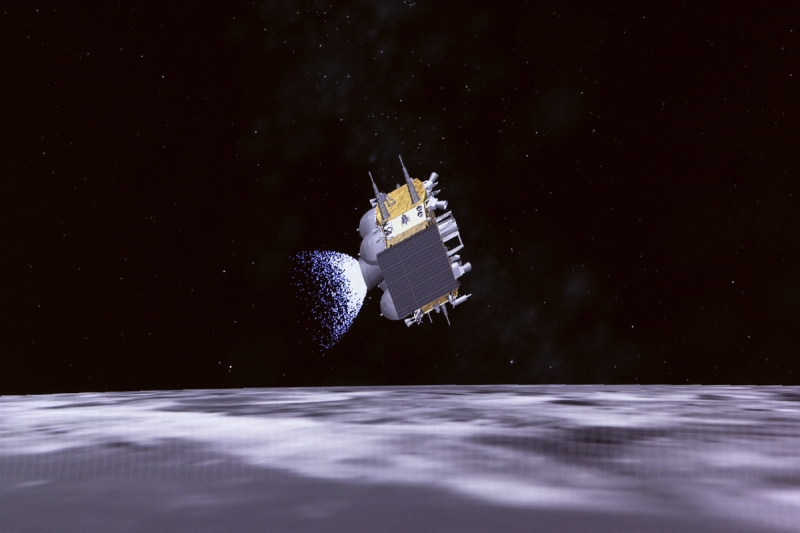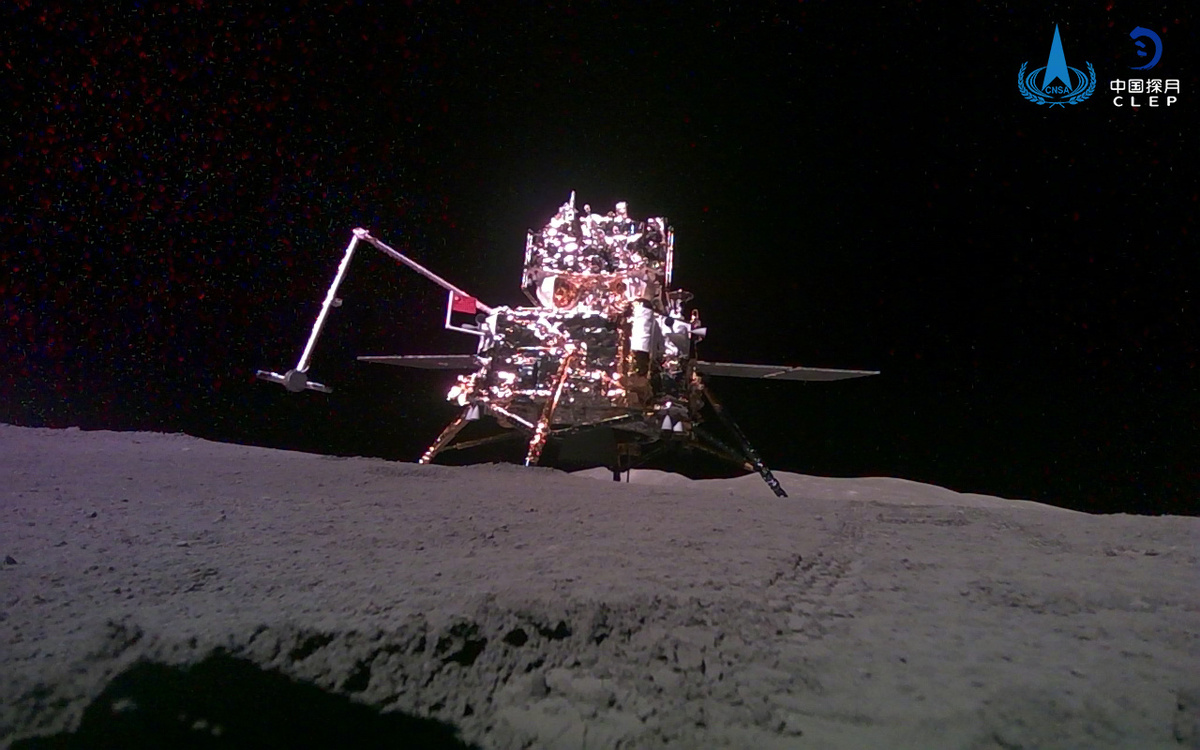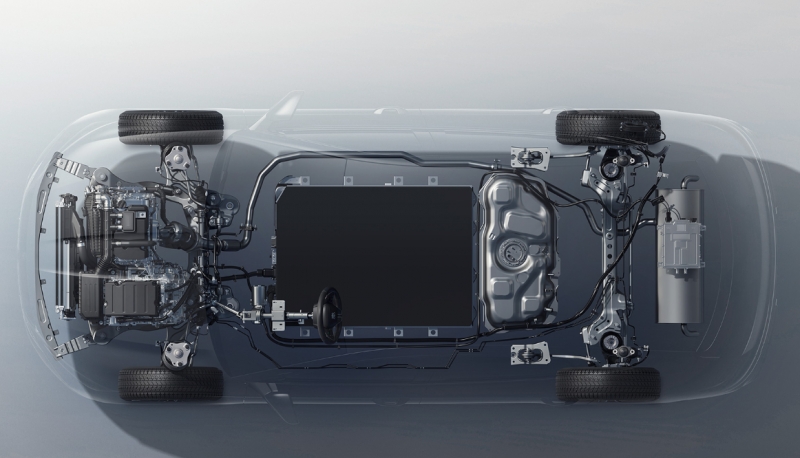Change 6 lifts off with samples collected from lunar far side

China's Chang'e 6 mission has completed the most important part of its lunar adventure as its sample-loaded ascender lifted off from the moon's far side on Tuesday morning.
According to the China National Space Administration, the ascender, one of the four major components of the Chang'e 6 robotic probe, started its ascent engine at 7:38 am and flew nearly 6 minutes before reaching a lunar orbit.
The mission has collected lunar samples in the past two days, and they are sealed inside a container on the ascender.

This stitched panoramic image released by the China National Space Administration on June 4, 2024, which was taken with the panoramic camera on the lander of Chang'e 6 probe, shows a view of the lunar surface. [Photo/Xinhua]
The space administration said the ascender's return to lunar orbit marked the successful completion of the first sampling and liftoff operations on the moon's far side by any country.
The Chang'e 6 spacecraft, representing the world's first attempt to bring samples from the lunar far side back to Earth, was launched by a Long March 5 heavy-lift carrier rocket on May 3 from the Wenchang Space Launch Center in Hainan province. It entered lunar orbit on May 8.
The 8.35-metric-ton probe consists of four major components — an orbiter, a lander, an ascender, and a reentry capsule.
After a host of sophisticated maneuvers, the Chang'e 6 lander touched down on the far side on Sunday morning and soon started using a scoop to grab surface regolith and a drill for subsurface material.
At the same time, several mission payloads, including a panoramic camera, a lunar mineralogical spectrometer and a lunar soil composition analytical instrument, were activated for operation on the moon. The results of their survey will play significant roles in the measurement and study of the moon's landscapes, mineral compositions as well as shallow structures, according to the space administration.
In addition, a mini rover carrying a special camera was released from the lander and moved around the lander to take its pictures, according to the administration.
In the next stage, the ascender is set to remain in the lunar orbit for a certain period of time and then rendezvous and dock with the combination of orbiter and reentry capsule. It will transfer the sample container to the reentry capsule before departing.
In the final part of the 53-day mission, the combination will fly away from the lunar orbit and return to the Earth's orbit, where the pair will break up and the reentry capsule will conduct a host of complicated maneuvers to return to the Siziwang Banner Landing Site in the Inner Mongolia autonomous region, according to the mission plan







 Send Email
Send Email 18629269597
18629269597